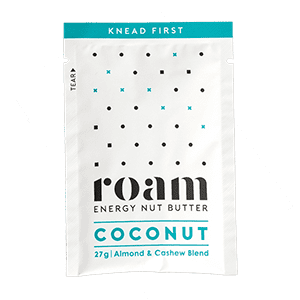Exercise Intensity and Energy Sources
Exercise intensity is the main "switch" that shifts the mix of carbohydrate and fat burning. High intensity efforts are almost primarily fuelled by carbohydrate-based fuels, mainly coming from the breakdown of muscle glycogen, and immediate consumption of carb-based supplements (such as energy gels).
At lower exercise intensities, more calories are provided from fat-based stores (such as muscle triglycerides and plasma free fatty acids). Therefore, carbohydrate load could be reduced during prolonged but lighter intensity training days. Our body’s fat stores are practically unlimited compared to glycogen (carbohydrate) stores.
For this reason, some athletes choose to maximise their body’s ability to use fat as a fuel during exercise by modifying their diet or energy intake during training. In addition, completing selected training sessions with reduced carbohydrate consumption or availability (i.e. low muscle glycogen) has been shown to promote adaptations to training.
















